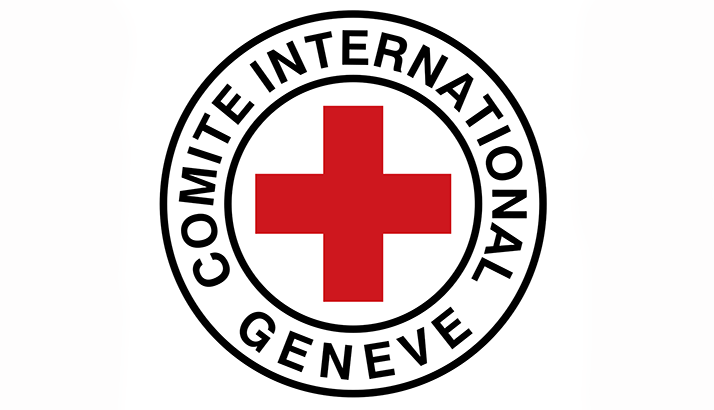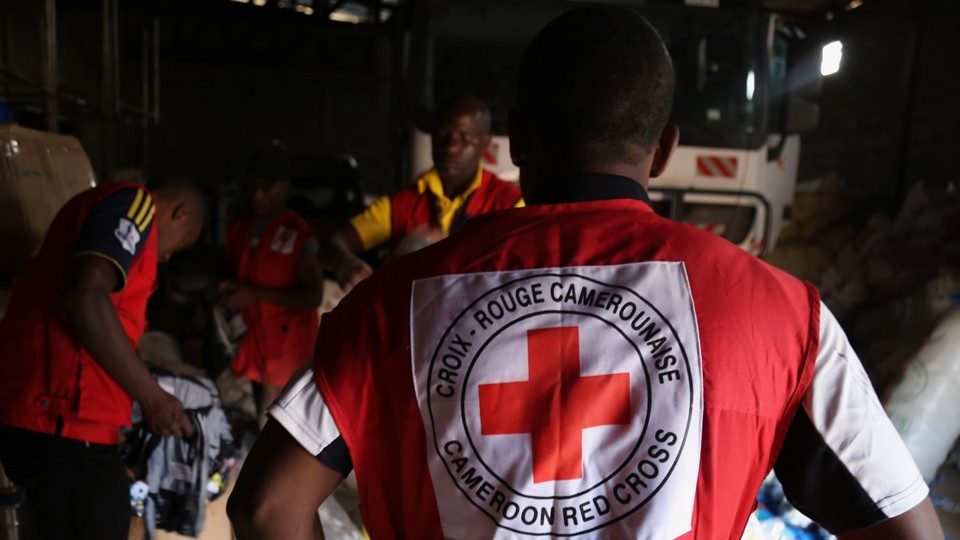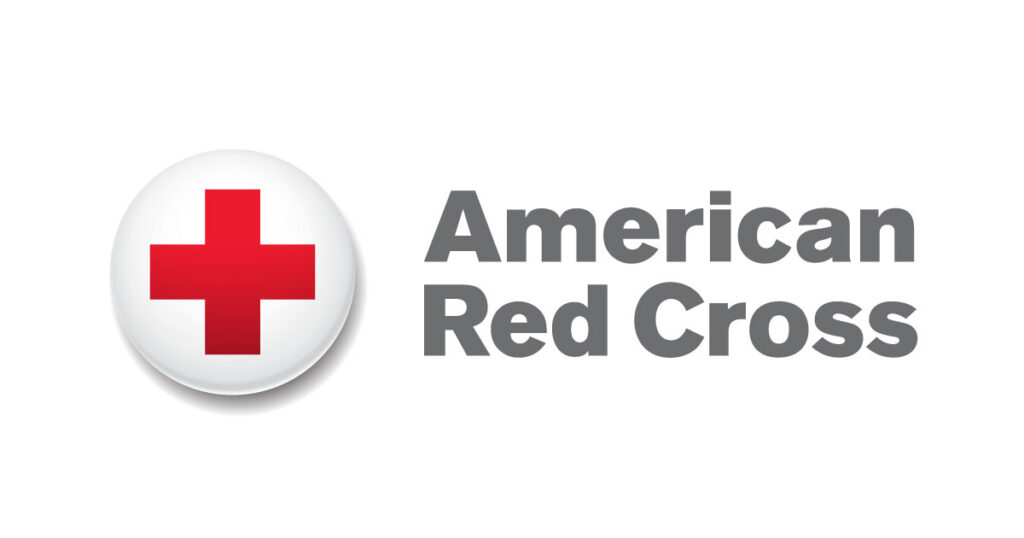The international Red Cross and Red Crescent network is the largest humanitarian network in the world with a presence and activities in almost every country.
All Red Cross and Red Crescent activities have one central purpose: to help those who suffer, without discrimination, whether during conflict, in response to natural or man-made disasters, or due to conditions of chronic poverty.
There are three parts of the global Red Cross network. Each has its own individual status and exercises no authority over the others. Learn more below.

The International Federation of Red Cross and Red Crescent Societies – Humanitarian Services in Peacetime
Founded in 1919, the International Federation (IFRC) is the coalition of individual Red Cross and Red Crescent national societies that coordinates peacetime humanitarian relief efforts throughout the world.
Currently, the IFRC is comprised of 192 national Red Cross or Red Crescent societies, a Secretariat in Geneva and delegations strategically located to support activities around the world.
The International Federation works to alleviate suffering through a range of activities, such as:
- Organizing and coordinating international disaster relief operations
- Providing assistance to refugees outside conflict areas
- Promoting national disaster preparedness programs
- Helping national societies to improve the services they deliver to vulnerable people in their local communities

The International Committee of the Red Cross – Humanitarian Help for People Affected by Armed Conflict
Since 1863, the mission of the International Committee of the Red Cross (ICRC) has been to protect and assist victims of armed conflict and promote understanding and respect for international humanitarian law.
As an independent, neutral organization, the ICRC has a permanent mandate under international law to take impartial action for prisoners, the wounded and sick, and civilians affected by conflict, including:
- Visiting prisoners of war and civilian detainees to monitor their treatment and conditions
- Educating military personnel and armed groups about their obligations under international humanitarian law
- Exchanging messages between members of families separated by armed conflict
- Helping discover the fate of missing family members
- Providing medical assistance for war wounded, displaced people and others
- Providing emergency relief such as water, sanitation, food and shelter
Explore ICRC history and programs through its CROSS-file blog by visiting http://blogs.icrc.org/cross-files/»

The National Red Cross and Red Crescent Societies – Relieving Human Suffering Around the World
These organizations are the individual societies of nearly every independent country in the world, chartered by their respective governments. Together, the National Societies assist one in 65 people in the world each year by:
- Providing relief to disaster survivors
- Educating the public about how to prevent the spread of disease
- Helping communities prepare for emergencies, including providing first aid training
- Reconnecting families separated by disasters and conflict in coordination with the ICRC
- Promoting international humanitarian law
Because each society focuses on helping people within its borders, they also take on tasks based on local needs:
- The American Red Cross provides nearly half of the nation’s blood supply.
- The Palestine Red Crescent Society and Mexican Red Cross operate hospitals and ambulances.
- The Norwegian and Italian Red Cross conduct search and rescue operations.
- The Kenyan, Russian and Viet Nam Red Cross provide care and support to people living with HIV/AIDS.
Support all the urgent humanitarian needs of the American Red Cross.
https://www.redcrossblood.org/give.html
Find a drive and schedule a blood donation appointment today.
Take a class and be ready to respond if an emergency strikes.




